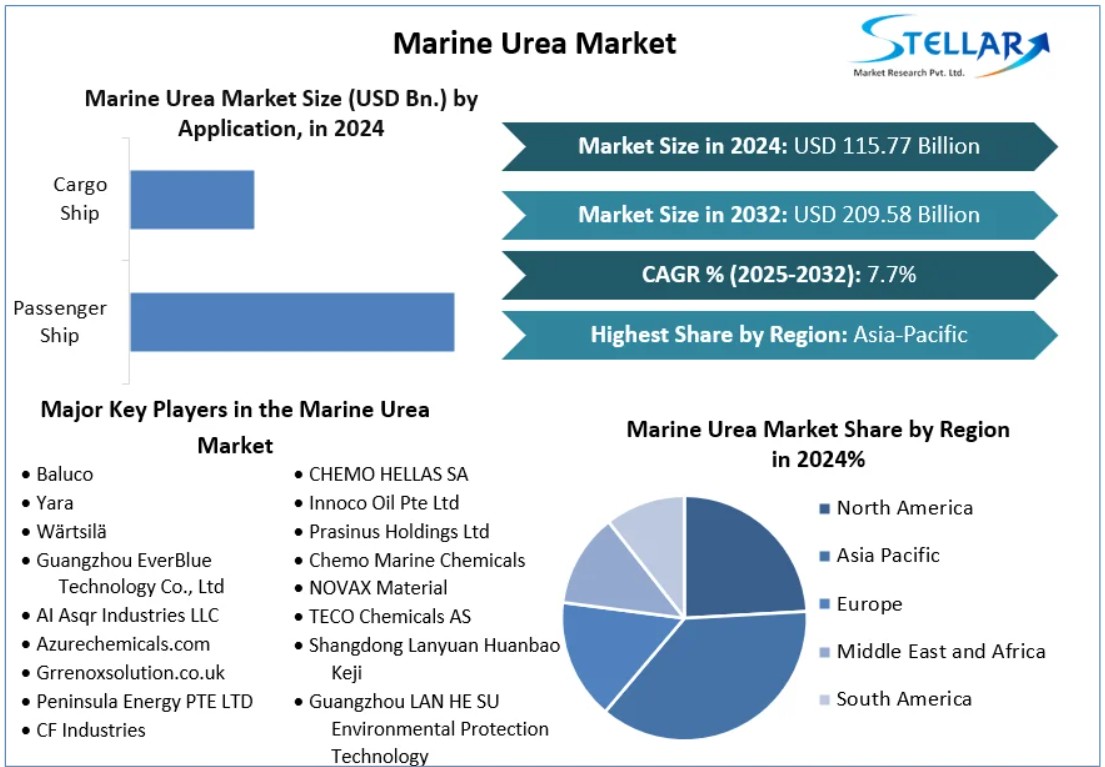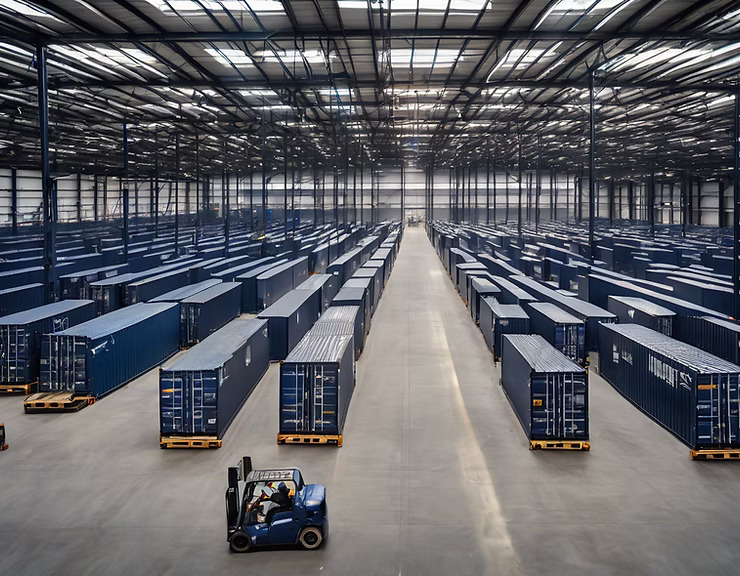The Refractory Metals Market is witnessing significant traction driven by its critical role in high‑temperature applications across aerospace, energy, and electronics. These metals—such as tungsten, molybdenum, tantalum, niobium, and rhenium—are renowned for their exceptional heat resistance and durability. Market dynamics indicate rising demand as industries pursue efficiency, longevity, and environmental resilience in extreme operating conditions.
Key drivers include the growing adoption of refractory metals in turbine components, semiconductor fabrication, and defense technologies. The market is also benefiting from technological advances in powder metallurgy and additive manufacturing, which are improving production efficiency and opening new design possibilities.
However, the industry faces restraints such as volatile raw material prices and complex extraction processes, which limit supply flexibility. Environmental regulations around mining and refining add another layer of challenge for producers seeking sustainable and scalable operations.
CTA
Request a Sample Report: https://researchintelo.com/request-sample/229
Market Overview and Growth Dynamics
The global refractory metals market is projected to exceed USD 4.5 billion by 2030, growing at a CAGR of 5‑6 % between 2024 and 2030. This growth is underpinned by demand from sectors requiring superior thermal conductivity, corrosion resistance, and structural stability under extreme stress.
Emerging economies in Asia Pacific remain the largest growth hub due to their rapid industrialization, particularly in steel production, automotive, and electronics. North America and Europe are focusing on R&D in aerospace and energy applications, contributing to steady regional growth.
Opportunities are expanding in advanced coatings, medical devices, and fusion energy programs, where refractory metals like tungsten and tantalum are vital for heat shielding and high‑stress environments. Global decarbonization efforts and next‑generation reactors could accelerate adoption.
Key Drivers and Opportunities
-
Aerospace and Defense: Increasing use in rocket nozzles, turbine blades, and armor‑piercing applications
-
Electronics & Semiconductors: Essential for thin‑film coatings, microchips, and heat‑resistant wiring
-
Energy Sector: Integral in nuclear, solar thermal, and high‑temperature industrial furnaces
-
Emerging Trends: Additive manufacturing and nanostructured metal powders enhancing design flexibility
These trends highlight how the market aligns with broader industrial innovations and sustainability goals.
CTA
View Full Report: https://researchintelo.com/report/refractory-metals-market
Restraints and Market Challenges
While opportunities abound, the market contends with several limitations. High mining costs and scarcity of elements like rhenium create supply risks. Dependence on a small number of producing countries makes the industry vulnerable to geopolitical disruptions.
Additionally, handling and processing refractory metals require specialized equipment due to their extreme melting points, increasing capital expenditure for new entrants. Compliance with environmental regulations around mine tailings and emissions further adds to operational complexities.
Despite these challenges, industry participants are investing in recycling technologies and supply diversification to mitigate risk. Improved processing techniques are also gradually reducing the cost barriers for broader adoption.
Global Insights and Regional Outlook
-
Asia Pacific: Dominates with over 45 % market share, supported by steel, electronics, and automotive growth in China, India, and South Korea
-
North America: Driven by aerospace, defense, and advanced semiconductor applications
-
Europe: Focused on renewable energy projects and high‑precision manufacturing
-
Other Regions: Middle East, Latin America, and Africa are seeing niche demand in energy and mining equipment
Overall, the refractory metals market exhibits a healthy balance of mature demand in traditional industries and emerging growth avenues in high‑tech and sustainable energy sectors.
CTA
Enquire Before Buying: https://researchintelo.com/request-for-customization/229
Future Market Opportunities
With global industries embracing efficiency and sustainability, refractory metals are poised to play a pivotal role in next‑generation applications. Opportunities include:
-
Fusion and Nuclear Energy: Tungsten and molybdenum as essential plasma‑facing components
-
Electric Vehicles: Heat‑resistant components in batteries and power electronics
-
Medical Sector: Tantalum in surgical instruments and implantable devices
-
Advanced Coatings: Protective layers for turbines, tools, and electronics
In addition, the integration of AI and predictive analytics in mining and refining could optimize supply chains, while recycling initiatives are expected to reduce reliance on primary extraction.
Market Dynamics at a Glance
-
Drivers: High‑temperature industrial demand, aerospace and energy growth, technological innovations
-
Restraints: High production costs, supply concentration, regulatory constraints
-
Opportunities: Renewable energy, EVs, fusion projects, medical applications
-
Market Size: Estimated to surpass USD 4.5 billion by 2030 with steady CAGR of 5‑6 %
Research Intelo projects that ongoing advancements in metallurgy, paired with rising strategic importance in critical industries, will ensure robust growth for the Refractory Metals Market through 2030.
CTA
Check Out the Report: https://researchintelo.com/checkout/229
Conclusion
The Refractory Metals Market is entering a dynamic growth phase, propelled by its indispensability in high‑stress, high‑temperature applications. Industrial diversification, the push for sustainable energy solutions, and breakthroughs in processing technologies are unlocking new value streams.
For stakeholders—ranging from material scientists to investors—staying informed about regional trends, regulatory landscapes, and emerging applications is crucial. Detailed insights from Research Intelo’s analysis can help navigate supply risks, capitalize on innovation, and achieve competitive advantage in this evolving market.






